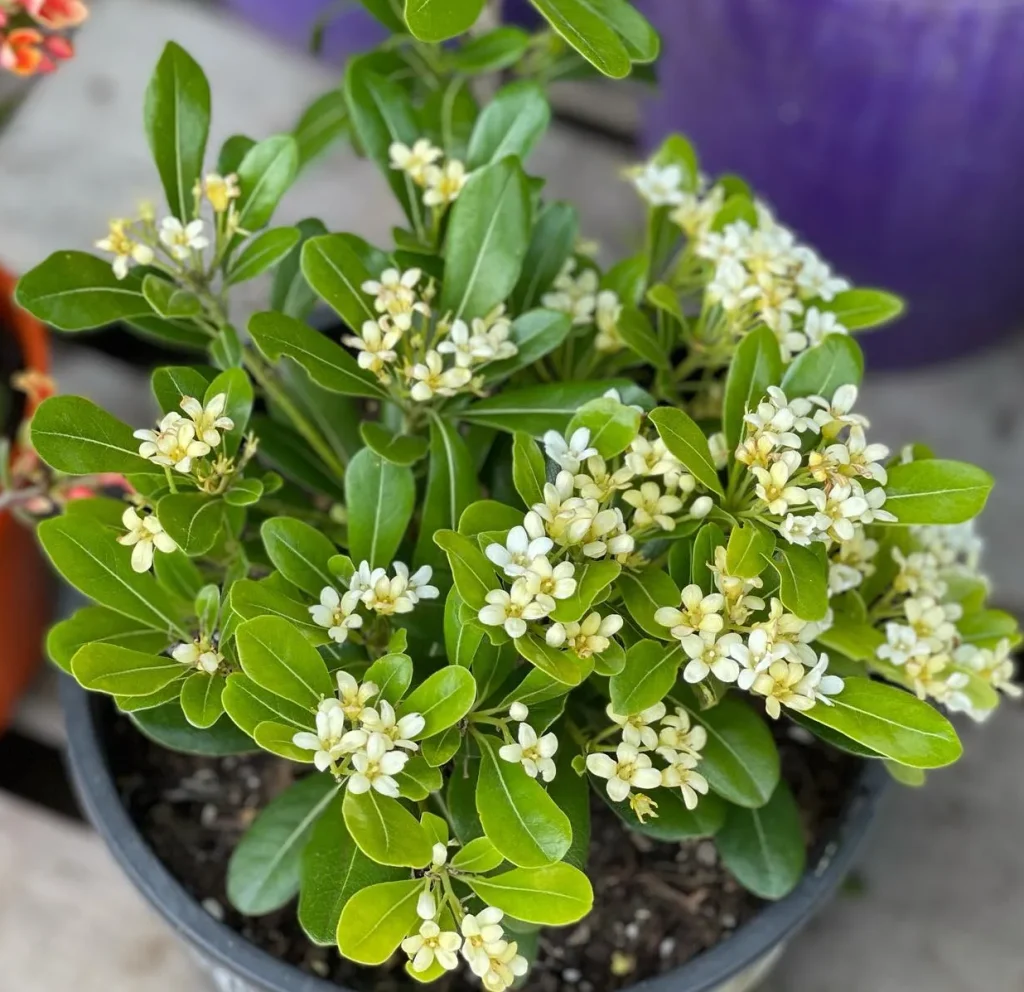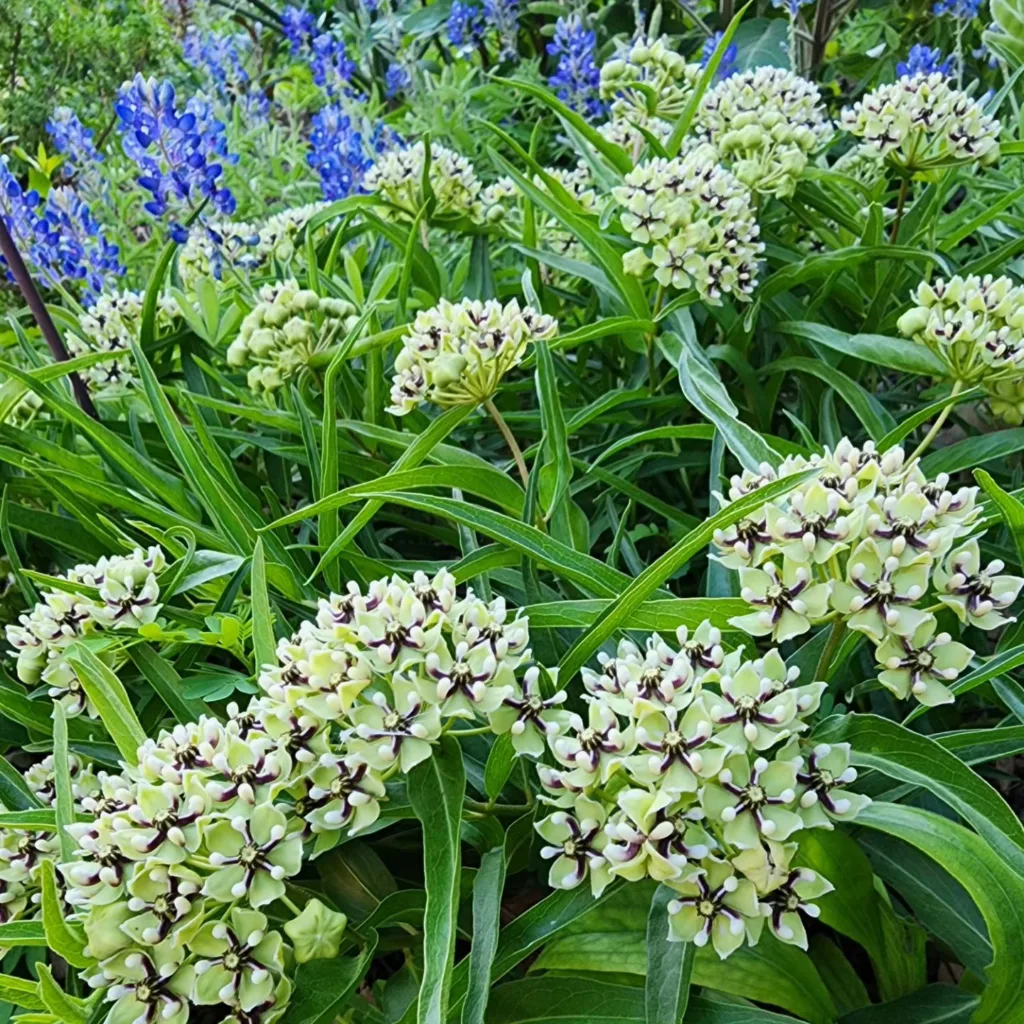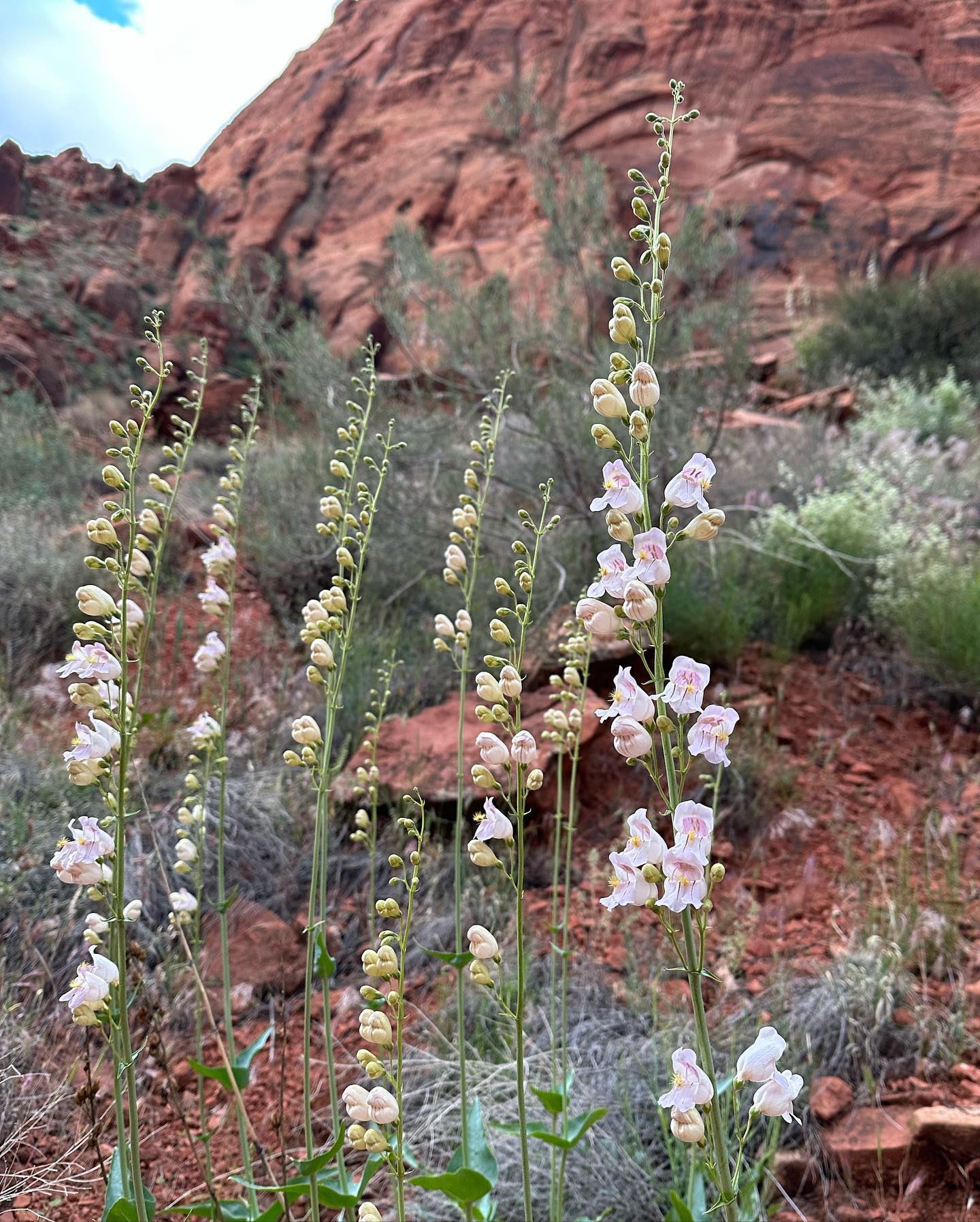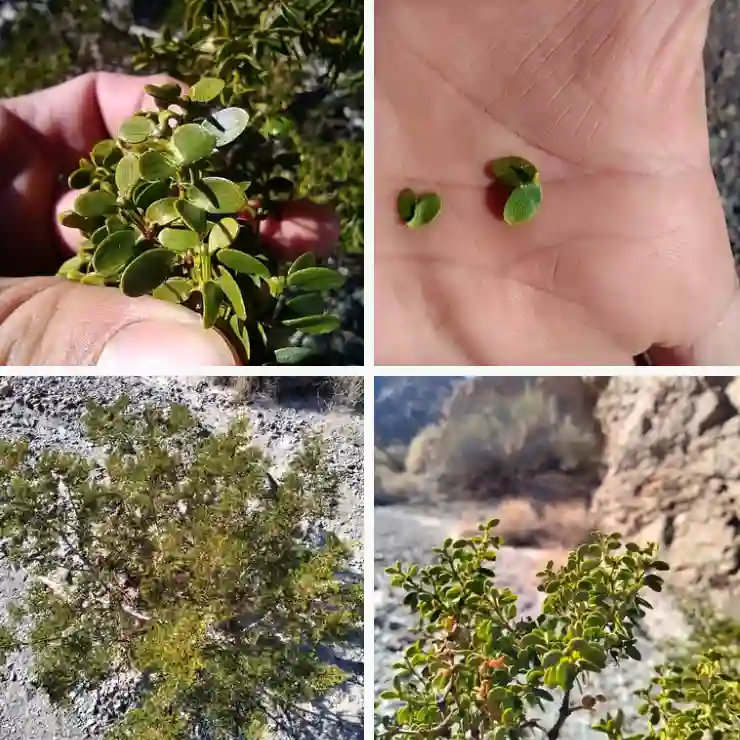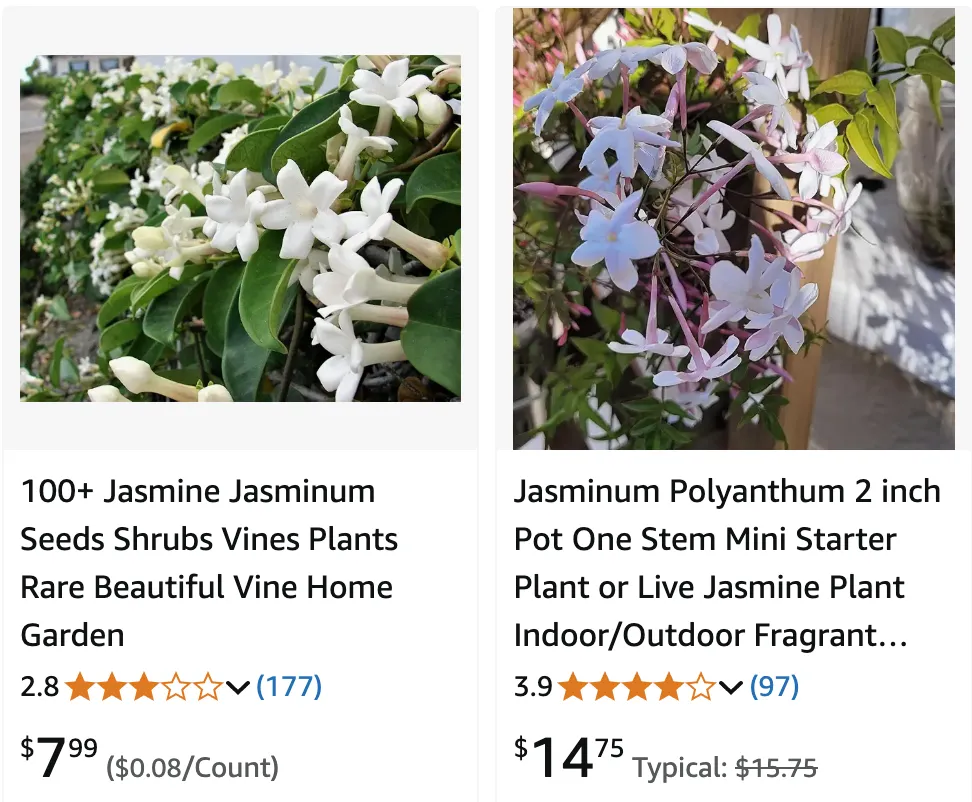
October 19 – Jasminum
"Jasminum, the jasmine flower, defines October 19."
Jasminum symbolizes purity and grace. Your presence is soothing and uplifting, much like the delicate fragrance of jasmine blooms. You have a way of bringing light and serenity to those around you, creating a sense of harmony and comfort wherever you go.
The Enchanting World of Jasmine: A Personal Exploration
My name is Ferb Vu, and I’ve always been captivated by the delicate beauty and intoxicating fragrance of jasmine. These flowering shrubs, belonging to the genus Jasminum, have graced gardens and inspired poets for centuries. As a passionate enthusiast, I’ve spent countless hours studying their diverse forms, learning about their cultural significance, and even attempting to cultivate a few varieties myself. Join me as I delve into the enchanting world of jasmine.
FAQs
What does jasmine smell like?
Jasmine always takes me back to summer nights on my grandma’s porch. We’d sit in rocking chairs, sipping sweet tea, and the air would be thick with the scent of jasmine climbing all over the trellis. It’s a sweet, intoxicating smell, but not overpowering. It has this lushness to it, almost like there’s a hint of honeydew melon mixed with the floral notes. It’s definitely a nighttime fragrance for me, calming and a little mysterious, just like those warm evenings spent with Grandma under the starlit sky.
Is jasmine toxic to cats?
That’s actually a tricky question! True jasmine, the kind that smells so amazing, isn’t toxic to cats. But, there are a lot of varieties with “jasmine” in the name that definitely are, like star jasmine. I’d always err on the side of caution if I had a curious kitty around. Even if a plant isn’t toxic, it could still cause an upset tummy if they decide to munch on it. I learned my lesson after my cat got into a pot of spider plants – total mess! Better to stick with proven pet-safe plants or keep those tempting greens out of reach entirely.
How much caffeine in jasmine tea?
Jasmine tea generally has a moderate amount of caffeine since it’s usually made with a green tea base. It’s definitely not as strong as a cup of coffee – I’d say about half the strength. Of course, it can vary depending on the type of green tea used and how long you steep it. For me, jasmine tea is the perfect afternoon pick-me-up. It gives me a little boost without the jitters I sometimes get from coffee, and I avoid the too-strong-for-bedtime effect of black tea.
What color is jasmine?
The color jasmine is a bit tricky to describe! It’s a very pale yellow, kind of like the color of old ivory or a slightly faded lemon. There’s a warmth to it that reminds me of sunshine, but not a bright, in-your-face kind. It’s softer, more like a whisper of light. Sometimes jasmine can even have a hint of creaminess, almost as if a drop of milk got mixed in with the yellow. It makes me think of warm summer days and fields of delicate flowers.
How to make jasmine milk tea?
I love making jasmine milk tea—it’s so easy, but feels fancy! First, I brew a strong cup of jasmine green tea and let it cool completely. Then, I grab a tall glass, add a few ice cubes, and if I’m feeling indulgent, a spoonful of boba. Next is a good splash of whole milk – it gives the drink a nice richness. Finally, I pour in the cooled tea and maybe a tiny bit of honey for sweetness. One good stir and it’s ready! It’s the most refreshing treat on a hot afternoon, and the jasmine scent makes it feel extra special.
Is jasmine essential oil safe for dogs?
Unfortunately, I wouldn’t recommend using jasmine essential oil around dogs. While some essential oils can be safe in very diluted forms, jasmine is one I’d steer clear of. Dogs have incredibly sensitive noses, and even what smells pleasant to us can be overwhelming to them. There’s also the risk of skin irritation, especially if they accidentally lick any off themselves. I’m a total dog person, so their safety always comes first. I stick to safe, cozy scents for the house that my furry pals can enjoy too, like a light touch of lavender or a bit of chamomile.
Do deer eat jasmine?
That’s a bit of a mixed bag! It depends on the type of jasmine and how hungry those deer are. True jasmine varieties tend to be left alone – the scent and taste aren’t usually appealing to deer. But, there are vines like star jasmine that they might munch on, especially if other food sources are scarce. I’ve even heard stories of deer nibbling on jasmine when they’re first exploring a new area. If you’re in deer territory, it’s always good to be cautious even with plants labeled as “deer-resistant.” Those pesky critters get desperate sometimes!
Are jasmine flowers edible?
Yes, true jasmine flowers are edible! Now, I wouldn’t exactly sit down for a salad of jasmine blooms – they have a somewhat bitter flavor that most people don’t enjoy. However, I do love using them as a garnish! They add this beautiful pop of color and a lovely, delicate fragrance to desserts. I’ve even candied them before, which tones down the bitterness a bit and adds a touch of sweetness. Plus, since you’re only using a tiny amount for the visual and aromatic effect, it’s the perfect way to enjoy this gorgeous flower.
Can you smoke jasmine flowers?
While technically you could smoke dried jasmine flowers, it’s not something I would recommend. Jasmine flowers don’t have any known psychoactive effects, so you won’t experience a “high”. The smoke itself can also be quite harsh and the flavor is not particularly great.
It’s important to remember that smoking anything comes with health risks. If you’re looking for healthy ways to enjoy the scent of jasmine, try making tea with the flowers, using jasmine essential oil, or even simply placing fresh blooms in your home.
Do jasmine attract bees?
Yes, jasmine definitely attracts bees! The sweet fragrance and the shape of the flower make it very enticing to our buzzing little pollinators. I love watching bees dart in and out of my jasmine bushes when they’re blooming – it’s a wonderful sight and a reminder of how important they are. If you’re a bee lover and want to support them, planting jasmine is a lovely way to do it. It provides them with a nectar source and looks absolutely beautiful in your garden.
What do jasmine flowers symbolize?
Jasmine flowers have a rich symbolic history, with meanings that vary across cultures. Here’s a little breakdown:
Love and Romance: Jasmine’s sweet fragrance and delicate beauty make it a classic symbol of love, especially passionate or sensual love.
Beauty and Grace: The elegant look of jasmine aligns it with feminine beauty, inner grace, and even a touch of modesty.
Purity: In some traditions, the pristine white color of jasmine represents purity of the heart and soul.
Spirituality and Divinity: Jasmine is sacred in some religions, particularly Hinduism, and is used in offerings and ceremonies.
Good Luck and Hope: In certain parts of the world, jasmine is seen as a bringer of good fortune and a symbol of hope for the future.
What does jasmine mean in the bible?
The Bible actually doesn’t mention jasmine specifically. There’s no mention of the flower or its significance in any biblical text. However, jasmine does have roots in the Persian language, where it’s called “yasmin,” which means “Gift of God.” So, while jasmine itself isn’t biblical, the name carries a lovely spiritual connotation.
Is jasmine tea safe while pregnant?
While I love jasmine tea, I’d be cautious about drinking it regularly pregnant. Here’s why:
Caffeine: Jasmine tea, like most teas, has some caffeine. Most doctors recommend limiting caffeine intake during pregnancy.
Iron Absorption: Jasmine tea may contain compounds that interfere with iron absorption. Iron is super important for both you and your baby during pregnancy.
For these reasons, it’s best to talk to your doctor about jasmine tea and how much, if any, is safe for you to drink. They can consider your individual situation and advise accordingly. There are also many herbal teas that are considered safe for pregnancy, which might be a good alternative.
Does jasmine repel mosquitoes?
There’s some evidence that jasmine can have a mild mosquito-repellent effect, but it’s not as reliable as traditional repellents like DEET. Here’s the breakdown:
The Scent: Jasmine has a strong, sweet fragrance that can be disorienting to mosquitoes. It might mask the scents that usually attract them.
Essential Oil: Jasmine essential oil, in concentrated form, seems to offer a slightly stronger repellent effect. However, it needs to be diluted for safe use, and it likely won’t provide full protection.
Overall, while I wouldn’t solely rely on jasmine to keep the mosquitoes at bay, adding it to your garden or using jasmine products can be a nice addition to your bug-fighting strategy. It’s a lovely smelling way to at least make your outdoor space slightly less appealing to those pesky critters!
How often to water jasmine plant?
The best watering schedule for your jasmine plant depends on a few factors:
Indoor vs. Outdoor: Indoor jasmine generally needs watering more often since pots dry out quicker than the ground. Aim for watering an indoor jasmine plant two to three times a week. Outdoors, once a week is usually enough, but you might need to increase it during very hot or dry weather.
Soil Check: The best rule of thumb is the finger test! Stick your finger an inch or two into the soil. If it feels dry, it’s time to water. If it feels damp, wait another day or two.
Pot Size: Smaller pots dry out quicker than larger ones. You might need to water a small potted jasmine even more frequently, maybe every other day if the weather is hot.
Remember, it’s better to err on the side of slightly underwatering than overwatering. Jasmine prefers a little dryness to soggy roots!
A Diverse and Widespread Genus
Jasmine is a member of the olive family, Oleaceae, and encompasses over 200 species. These plants are native to tropical and warm temperate regions of Eurasia, Australasia, and Oceania. While most people associate jasmine with a pure white blossom, the flowers can actually range in color from white and yellow to pink and even red.
- Jasminum abyssinicum Hochst. ex DC.
- Jasminum acuminatum (Lam.) Pers.
- Jasminum adenophyllum Wall. ex C.B.Clarke
- Jasminum agastyamalayanum Sabeena, Asmitha, Mulani, E.S.S.Kumar & Sibin
- Jasminum alongense Gagnep.
- Jasminum amabile H.Hara
- Jasminum ambiguum Blume
- Jasminum amoenum Blume
- Jasminum andamanicum N.P.Balakr. & N.G.Nair
- Jasminum angolense Baker
- Jasminum angulare Vahl – Plant FAQs: Jasminum Angulare
- Jasminum angustifolium (L.) Willd.
- Jasminum annamense Wernham
- Jasminum anodontum Gagnep.
- Jasminum aphanodon Baker
- Jasminum apoense Elmer
- Jasminum arborescens Roxb.
- Jasminum artense Montrouz.
- Jasminum attenuatum Roxb. ex G.Don
- Jasminum auriculatum Vahl
- Jasminum azoricum L.
- Jasminum bakeri Scott Elliot
- Jasminum batanensis Kiew
- Jasminum beesianum Forrest & Diels
- Jasminum betchei F.Muell.
- Jasminum bhumibolianum Chalermglin
- Jasminum brachyscyphum Baker
- Jasminum breviflorum Harv.
- Jasminum brevilobum DC.
- Jasminum brevipetiolatum Duthie
- Jasminum calcareum F.Muell.
- Jasminum calcicola Kerr
- Jasminum calophyllum Wall. ex G.Don
- Jasminum campyloneurum Gilg & G.Schellenb.
- Jasminum cardiomorphum P.S.Green
- Jasminum carinatum Blume
- Jasminum carissoides Kerr
- Jasminum caudatum Wall. ex Lindl.
- Jasminum celebicum Merr.
- Jasminum chiae Kai Zhang & D.X.Zhang
- Jasminum cinnamomifolium Kobuski
- Jasminum coarctatum Roxb.
- Jasminum coffeinum Hand.-Mazz.
- Jasminum cordatum Ridl.
- Jasminum cordifolium Wall. ex G.Don
- Jasminum craibianum Kerr
- Jasminum crassifolium Blume
- Jasminum cumingii Merr.
- Jasminum curtisii King & Gamble
- Jasminum cuspidatum Rottler
- Jasminum dallachyi F.Muell.
- Jasminum dasyphyllum Gilg & G.Schellenb.
- Jasminum decipiens P.S.Green
- Jasminum decussatum Wall. ex G.Don
- Jasminum degeneri Kobuski
- Jasminum dichotomum Vahl
- Jasminum didymum G.Forst.
- Jasminum dinklagei Gilg & G.Schellenb.
- Jasminum dispermum Wall.
- Jasminum dolichopetalum Merr. & Rolfe
- Jasminum domatiigerum Lingelsh.
- Jasminum duclouxii (H.Lév.) Rehder
- Jasminum eberhardtii Gagnep.
- Jasminum elatum Pancher ex Guillaumin
- Jasminum elegans Knobl.
- Jasminum elongatum (P.J.Bergius) Willd.
- Jasminum extensum Wall. ex G.Don
- Jasminum flavovirens Gilg & G.Schellenb.
- Jasminum flexile Vahl
- Jasminum fluminense Vell.
- Jasminum foveatum R.H.Miao
- Jasminum fuchsiifolium Gagnep.
- Jasminum gilgianum K.Schum.
- Jasminum glaucum (L.f.) Aiton
- Jasminum grandiflorum L. – Plant FAQs: Jasminum Grandiflorum
- Jasminum greenii Soosairaj & P.Raja
- Jasminum greveanum Danguy ex H.Perrier
- Jasminum griffithii C.B.Clarke
- Jasminum guangxiense B.M.Miao
- Jasminum harmandianum Gagnep.
- Jasminum hasseltianum Blume
- Jasminum honghoense K.Zhang & D.X.Zhang
- Jasminum hongshuihoense Z.P.Jien ex B.M.Miao
- Jasminum insigne Blume
- Jasminum insularum Kerr
- Jasminum ixoroides Elmer
- Jasminum jenniae W.K.Harris & G.Holmes
- Jasminum kajewskii C.T.White
- Jasminum kaulbackii P.S.Green
- Jasminum kedahense (King & Gamble) Ridl.
- Jasminum kerstingii Gilg & G.Schellenb.
- Jasminum kitchingii Baker
- Jasminum kontumense B.H.Quang
- Jasminum kostermansii Kiew
- Jasminum kriegeri Guillaumin
- Jasminum kwangense Liben
- Jasminum lanceolaria Roxb.
- Jasminum lasiosepalum Gilg & G.Schellenb.
- Jasminum latipetalum C.B.Clarke
- Jasminum laurifolium Roxb. ex Hornem.
- Jasminum laxiflorum Gagnep.
- Jasminum ledangense Kiew
- Jasminum listeri King ex Gage
- Jasminum longipetalum King & Gamble
- Jasminum longitubum L.C.Chia ex B.M.Miao
- Jasminum mackeeorum P.S.Green
- Jasminum macrocarpum Merr.
- Jasminum magnificum Lingelsh.
- Jasminum maingayi C.B.Clarke
- Jasminum malabaricum Wight
- Jasminum marianum DC.
- Jasminum melastomifolium Ridl.
- Jasminum mesnyi Hance
- Jasminum meyeri-johannis Engl.
- Jasminum microcalyx Hance
- Jasminum molle R.Br.
- Jasminum mossamedense Hiern
- Jasminum mouilaense Breteler
- Jasminum multiflorum (Burm.f.) Andrews
- Jasminum multinervosum Kiew
- Jasminum multipartitum Hochst.
- Jasminum multipetalum Merr.
- Jasminum narcissiodorum Gilg & G.Schellenb.
- Jasminum nardydorum Breteler
- Jasminum neocaledonicum Schltr.
- Jasminum nepalense Spreng.
- Jasminum nervosum Lour.
- Jasminum newtonii Gilg & G.Schellenb.
- Jasminum niloticum Gilg
- Jasminum nintooides Rehder
- Jasminum nobile C.B.Clarke
- Jasminum noldeanum Knobl.
- Jasminum noumeense Schltr.
- Jasminum nudiflorum Lindl. – Plant FAQs: Jasminum Nudiflorum – Winter Jasmine
- Jasminum nummulariifolium Baker
- Jasminum obtusifolium Baker
- Jasminum octocuspe Baker
- Jasminum officinale L.
- Jasminum oliganthum Quisumb. & Merr.
- Jasminum oreophilum Kiew
- Jasminum papuasicum Lingelsh.
- Jasminum parceflorum Kai Zhang & D.X.Zhang
- Jasminum pauciflorum Benth.
- Jasminum paucinervium Ridl.
- Jasminum pedunculatum Gagnep.
- Jasminum pellucidum Airy Shaw
- Jasminum peninsulare Kiew
- Jasminum pentaneurum Hand.-Mazz.
- Jasminum pericallianthum Kobuski
- Jasminum perissanthum P.S.Green
- Jasminum pierreanum Gagnep.
- Jasminum pipolyi W.N.Takeuchi
- Jasminum polyanthum Franch.
- Jasminum populifolium Blume
- Jasminum prainii H.Lév.
- Jasminum preussii Engl. & Knobl.
- Jasminum promunturianum Däniker
- Jasminum pseudopinnatum Merr. & Rolfe
- Jasminum pteropodum H.Perrier
- Jasminum puberulum Baker
- Jasminum punctulatum Chiov.
- Jasminum quinatum Schinz
- Jasminum rambayense Kuntze
- Jasminum ranongense Kiew
- Jasminum rehderianum Kobuski
- Jasminum ritchiei C.B.Clarke
- Jasminum rufohirtum Gagnep.
- Jasminum rupestre Blume
- Jasminum sambac (L.) Aiton
- Jasminum sarawacense King & Gamble
- Jasminum scandens (Retz.) Vahl
- Jasminum schimperi Vatke
- Jasminum sessile A.C.Sm.
- Jasminum shahii Kiew
- Jasminum siamense Craib
- Jasminum simplicifolium G.Forst.
- Jasminum sinense Hemsl.
- Jasminum smilacifolium Griff. ex C.B.Clarke
- Jasminum spectabile Ridl.
- Jasminum steenisii Kiew
- Jasminum stellipilum Kerr
- Jasminum stenolobum Rolfe
- Jasminum × stephanense É.Lemoine
- Jasminum streptopus E.Mey.
- Jasminum subglandulosum Kurz
- Jasminum syringifolium Wall. ex G.Don
- Jasminum tetraquetrum A.Gray
- Jasminum thomense Exell
- Jasminum tomentosum Knobl.
- Jasminum tortuosum Willd.
- Jasminum trichotomum B.Heyne ex Roth
- Jasminum tubiflorum Roxb.
- Jasminum turneri C.T.White
- Jasminum urophyllum Hemsl.
- Jasminum verdickii De Wild.
- Jasminum vidalii P.S.Green
- Jasminum vietnamense B.H.Quang & Joongku Lee
- Jasminum waitzianum Blume
- Jasminum wengeri C.E.C.Fisch.
- Jasminum wrayi King & Gamble
- Jasminum yuanjiangense P.Y.Pai
- Jasminum zippelianum Blume
More Than Just a Pretty Flower
Jasmine’s allure extends far beyond its ornamental value. Throughout history, different cultures have imbued these blossoms with symbolic meanings and practical uses. In many Asian countries, jasmine represents purity, love, and beauty. It’s often used in religious ceremonies, wedding celebrations, and as a fragrant adornment for hair.
The aromatic properties of jasmine have also been harnessed for centuries. Jasmine essential oil is a prized ingredient in perfumery, cosmetics, and aromatherapy. It’s believed to have calming and mood-lifting effects, and is even used in traditional medicine to treat a variety of ailments.
Cultivating Jasmine: A Rewarding Challenge
Inspired by their beauty and fragrance, I’ve tried my hand at growing a few jasmine varieties in my own garden. While some species can be a bit finicky, the rewards are well worth the effort. I’ve found that most jasmines thrive in warm, sunny locations with well-drained soil. Regular watering and occasional fertilization are essential for healthy growth and abundant blooms.
One of the most satisfying aspects of growing jasmine is witnessing the lifecycle of these plants, from the emergence of tender new shoots to the unfolding of exquisite blossoms that fill the air with their intoxicating perfume. It’s a truly magical experience.
A Continuing Fascination
My journey into the world of jasmine has been a captivating one. I’ve learned so much about their diversity, cultural significance, and the art of cultivating these fragrant beauties. Yet, I feel like I’ve only scratched the surface. There’s still so much more to discover and explore.
Whether you’re a seasoned gardener or simply appreciate the beauty of nature, I encourage you to take a closer look at the enchanting world of jasmine. You might just find yourself falling under their spell, just as I have.
